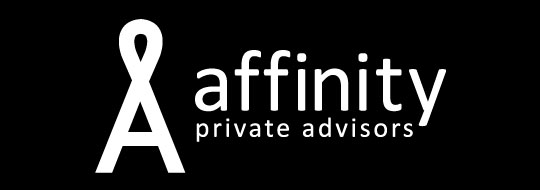
Exercise – Is more better?
28/03/2018
Affinity Insights – Issue 4, March 2018
28/03/2018Benjamin Franklin said that “an investment in knowledge pays the best interest”, but given the rates of interest on offer at the moment and the spiraling costs of education, saving enough to fund your kids’ or grandkids’ education can be a real challenge.
Wouldn’t it be great to know that school fees were covered? One less big ticket item to worry about, and the confidence of knowing that you are in a position to make the best educational choice for your child, without being unduly influenced by the price tag.
Education, particularly private education, can be monumentally expensive. For the vast majority of Australians, unless they win the lottery, they will be paying for education as they go, and feeling the pressure. As returns on savings attract tax, attempts to save consistently for a long-term goal can feel like one step forward and two steps back. Super is great from a tax perspective, but it’s not much help if your children will be starting school before you’re 65.
The true cost of education can be surprisingly high
Costs vary enormously depending on the choices you make, but you can be sure of one thing – education is expensive. According to recent research, parents of a child born today, who has a fully government funded (public) education, including university, will spend in the order of $200,000 on education. A fully private education, on the other hand, comes in at nearly $700,000. And a mix of the two will be somewhere in between (based on the Australian Scholarships Group calculator). It’s a lot of money to save, and if you have more than one child, it’s daunting.
Education is more than simply tuition, and the desire of parents to give children a well-rounded education has added to the total cost. An increasing number of parents are concerned that an intense focus on academic excellence in some schools is overshadowing the social and emotional growth of their children, and that children should be more engaged in activities other than academic studies.
This means extra-curricular activities, which many parents see as crucial to a well-rounded education, but which incur additional costs.
A realistic estimate of education costs should include extras such as books, uniforms, and stationery, but also the costs of extra-curricular activities such as sport, music and dance.
Saving for your child or grandchild’s education may be one of the most important challenges in your financial life. The key to success will be keeping three things in mind: Start as early as possible, be realistic about the costs and choose a structure that allows you, and not the taxman, to keep as much of your savings as possible.
Article by Neil Rogan (on behalf of Cuffelinks)



